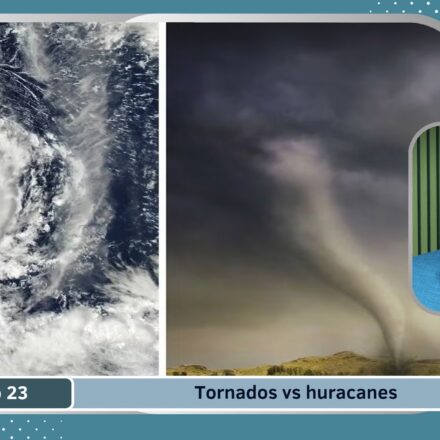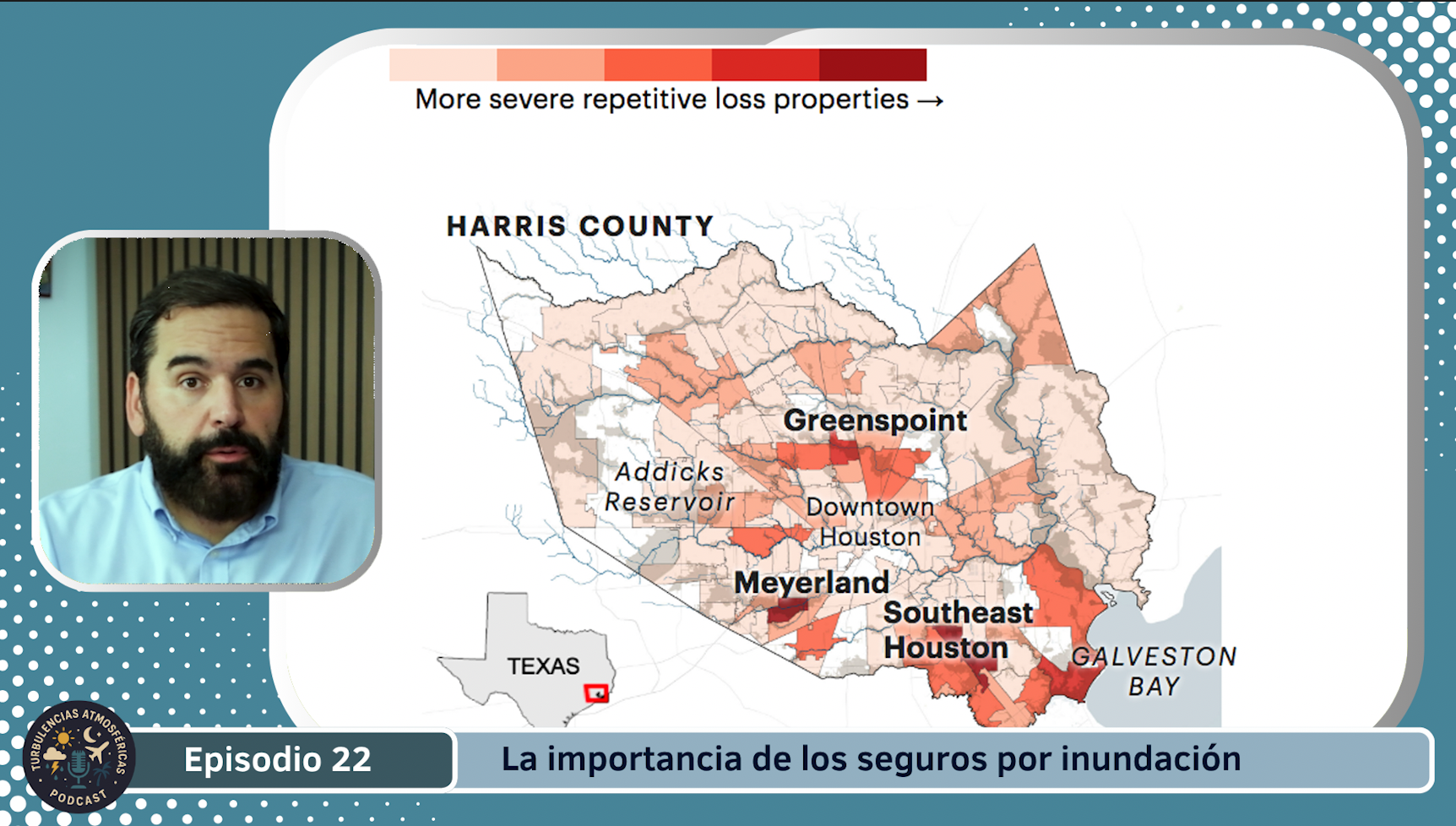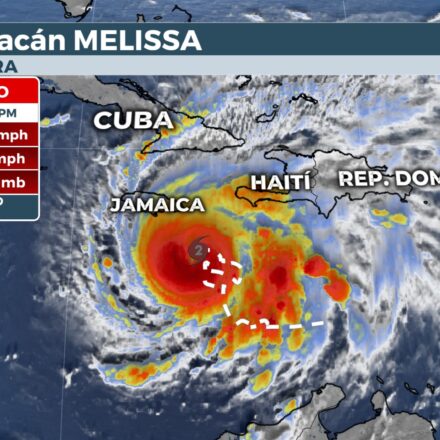
How to prepare for the arrival of a hurricane
What is a hurricane and why should you prepare?
Hurricanes are powerful storms that threaten lives, property and coastal communities each year.
Important points
- What is a hurricane and why should you prepare?
- Hazards associated with hurricanes
- Official alerts: how to understand them
- 🟥 Warnings Act immediately!
- 🟨 Watches (Watches) Get Ready
- Before the season: get ready
- Know your area
- Emergency kit
- Family plan
- Protect your home
- During the hurricane: what to do
- After the hurricane: safety first
- Share your story
- Official resources
On average, 14 tropical storms form every season in the Atlantic, and at least 7 become hurricanes.
The U.S. coastline is hit by 3 hurricanes every two years, one of them being major category (winds ≥ 179 km/h).
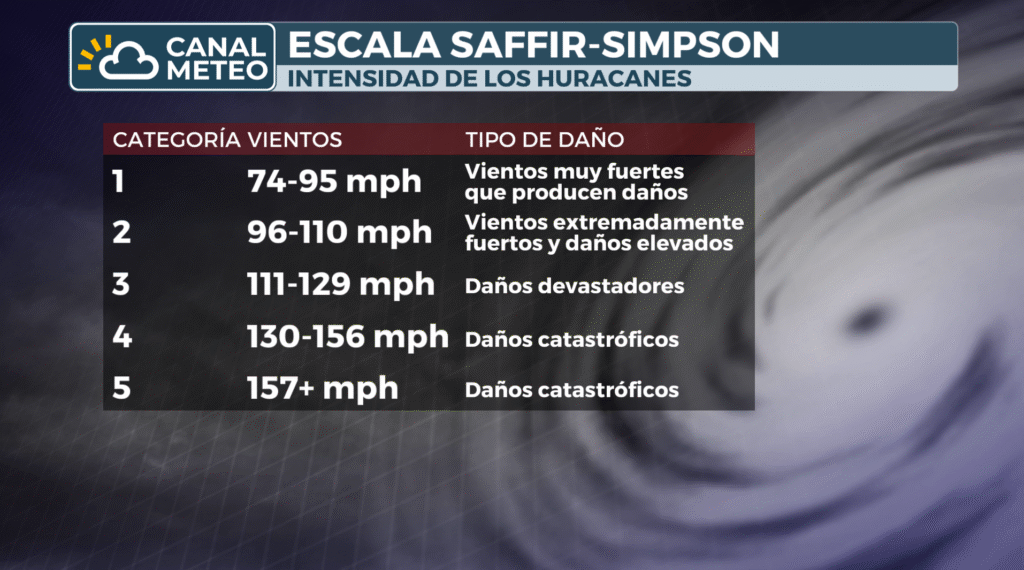
Saffir-Simpson scale for classifying hurricanes.
Hazards associated with hurricanes
Tropical cyclones can cause multiple hazards, even if they do not reach hurricane strength:
| Threat | Description |
|---|---|
| 🌊 Storm surge | Abnormal sea level rise, leading cause of hurricane deaths |
| 🌧️ Inland flooding | Heavy rains may cause flooding hundreds of kilometers from coastline |
| 💨 Destructive winds | They can blow off roofs, windows, trees and light structures. |
| 🌪️ Tornadoes | Frequent in outer storm bands |
| 🌊 Swell and currents | Dangerous waves and rip currents, even 1,000 km from the storm's center |
Official alerts: how to understand them
🟥 Warnings Act immediately!
- Hurricane WarningHurricane conditions are expected within 36 hours.
- Storm Surge WarningRisk of flooding due to cyclonic tides
- Extreme Wind Warning: Extreme winds (>185 km/h) imminent
- Tropical Storm WarningModerate tropical winds are expected
🟨 Watches (Watches) Get ready
- Hurricane WatchHurricane possible within 48 hours
- Storm Surge Watch: Possible cyclonic tide in 48 hours
- Tropical Storm WatchPossible tropical winds
**[HERE IS AN INFOGRAPHIC]** [HERE IS AN INFOGRAPHIC
Suggested title: "Types of alerts: what to do in each case".
Before the season: get ready
Know your area
- Are you in an evacuation zone or near the coast?
- Consult with civil protection or at hurricanes.gov
Emergency kit
- Water, non-perishable food, medicines, flashlights, batteries, NOAA radio, etc.
Family plan
- Define meeting points, emergency contacts and evacuation routes.
Protect your home
- Install shutters or timbers, secure exterior objects
- Review insurance policies (standard does NOT cover hurricanes or floods).
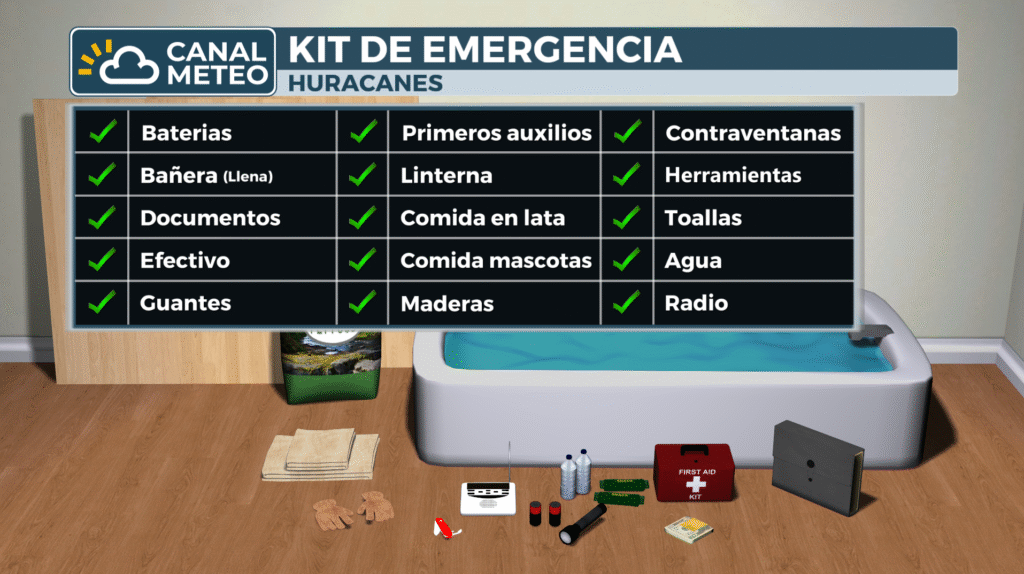
Emergency kit at home before a hurricane arrives
During the hurricane: what to do
- Follow instructions from local authorities (radio, TV, NOAA Weather Radio).
- If you are ordered to evacuate, do it without waiting
- Take shelter in an interior room, without windows.
- Do not use candlesuses battery-operated flashlights
- If the eye of the hurricane passes, don't leave: the winds return from the opposite side.

After the hurricane: safety first
- Do not return until the authorities allow it
- Prevents downed cables, gas leaks or damaged structures
- Do not walk or drive through flooded areas.
- Use generators only outdoors, away from windows.
- Wear gloves and boots when checking for damage
- Inform your family that you are well (you can register at Red Cross Safe & Well)
Share your story
Have you lived through a hurricane? Your experience can help others to be better prepared.
✉️ Write to us at: social@canalmeteo.tv
Include the year, city, state and how you prepared for it or how it affected you.




